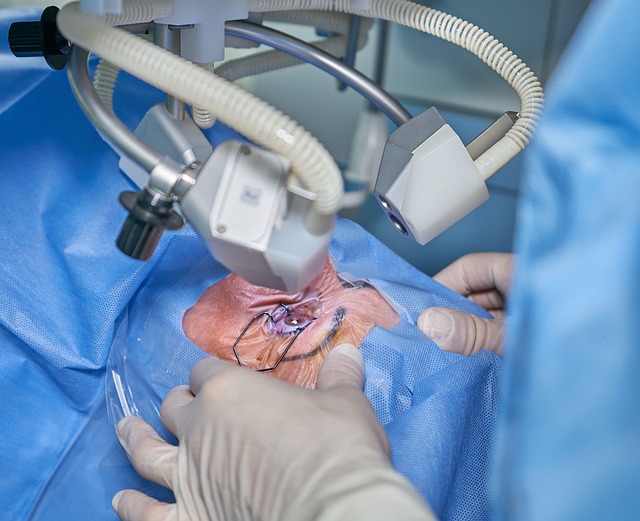At some point in our lives, many of us will experience vision problems that require some form of corrective measures. One option for improving vision is clear lens exchange, also known as refractive lens exchange or lens replacement surgery. This procedure involves replacing the natural lens in the eye with an artificial intraocular lens (IOL) to correct vision problems such as nearsightedness, farsightedness, or astigmatism.
If you’re considering clear lens exchange, it’s important to understand the benefits and risks of the procedure, as well as what to expect before, during, and after surgery. In this comprehensive guide, we’ll cover everything you need to know about clear lens exchange, from the basics of the procedure to tips for preparing for surgery and recovering afterward.
Understanding Clear Lens Exchange
Clear lens exchange is a surgical procedure that involves removing the natural lens of the eye and replacing it with an artificial lens to correct vision problems. This procedure is similar to cataract surgery, but instead of removing a cloudy lens, clear lens exchange replaces a clear but problematic lens.
The procedure is typically performed on patients who are over the age of 40 and experiencing vision problems such as presbyopia (age-related loss of near vision) or other refractive errors. Clear lens exchange can also be a good option for patients who are not good candidates for other types of refractive surgery, such as LASIK or PRK.
Benefits of Clear Lens Exchange
Clear lens exchange offers a number of benefits over other forms of refractive surgery. Here are just a few:
- Permanent vision correction: Because clear lens exchange involves replacing the natural lens with an artificial one, the effects of the procedure are permanent.
- Improved vision quality: Clear lens exchange can improve both distance and near vision, reducing the need for glasses or contact lenses.
- Reduced risk of cataracts: Clear lens exchange can help reduce the risk of developing cataracts in the future, as the artificial lens is not susceptible to clouding like the natural lens.
- Better visual outcomes: Clear lens exchange typically results in better visual outcomes than other types of refractive surgery, especially for patients with high levels of refractive error.
Risks of Clear Lens Exchange
Like any surgical procedure, clear lens exchange carries some risks. These may include:
- Infection: There is a risk of infection with any surgery, including clear lens exchange.
- Bleeding: Some patients may experience bleeding during or after surgery, which can affect vision and require additional treatment.
- Dislocation of the artificial lens: In some cases, the artificial lens may become dislodged and require additional surgery to correct.
- Glaucoma: Clear lens exchange can increase the risk of developing glaucoma, a condition that can damage the optic nerve and cause vision loss.
Preparing for Clear Lens Exchange
Before undergoing clear lens exchange, your eye doctor will perform a comprehensive eye exam to determine if you are a good candidate for the procedure. You may also need to undergo additional tests to measure the size and shape of your eye.
In the weeks leading up to surgery, you will need to avoid certain medications and prepare for the recovery process. Your doctor will provide you with detailed instructions on how to prepare for surgery and what to expect afterward.
During Clear Lens Exchange
Clear lens exchange is typically performed as an outpatient procedure under local anesthesia. During the procedure, your surgeon will make a small incision in the cornea and use a special tool to remove the natural lens of the eye. They will then insert an artificial intraocular lens (IOL) to replace the natural lens.
After Clear Lens Exchange
After clear lens exchange, you will need to follow specific instructions for
Read More Article
